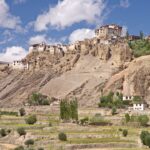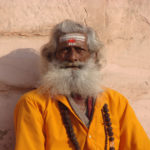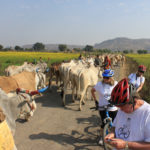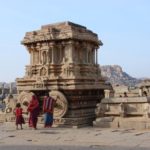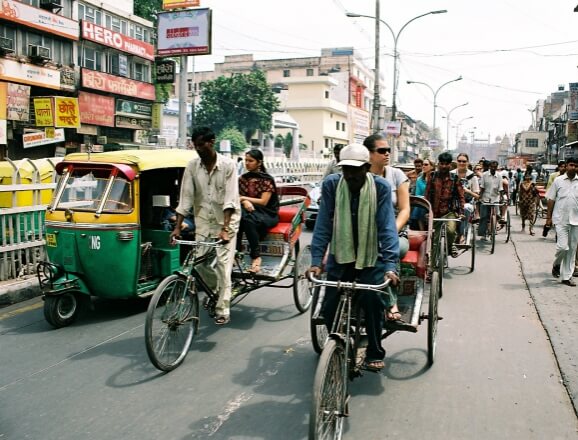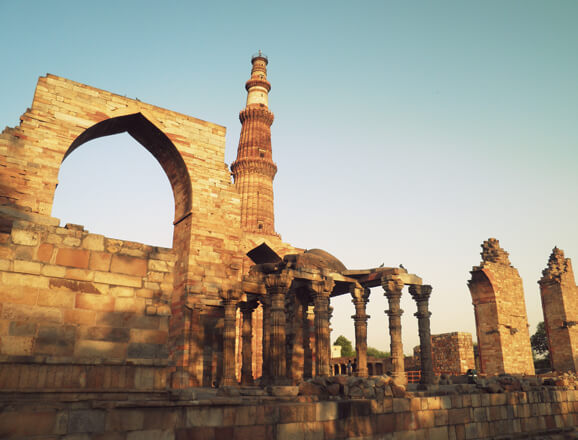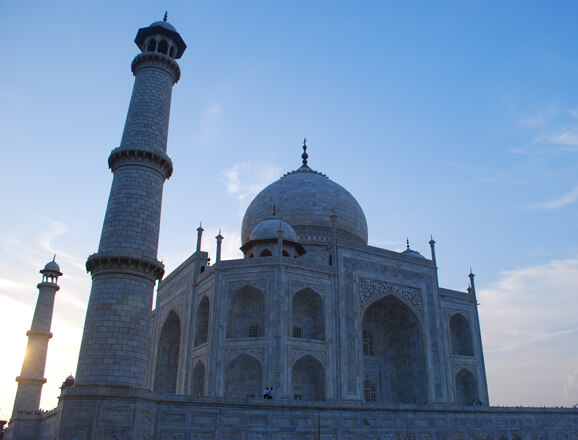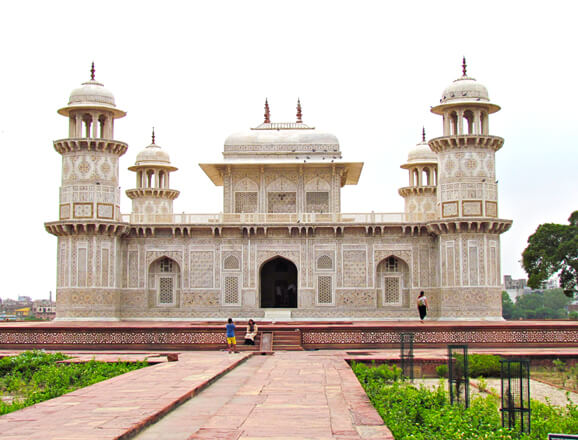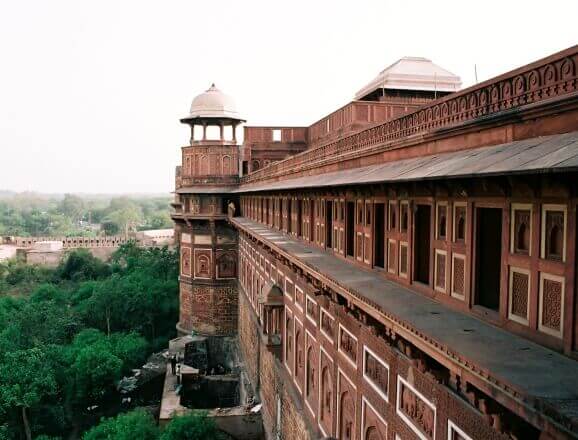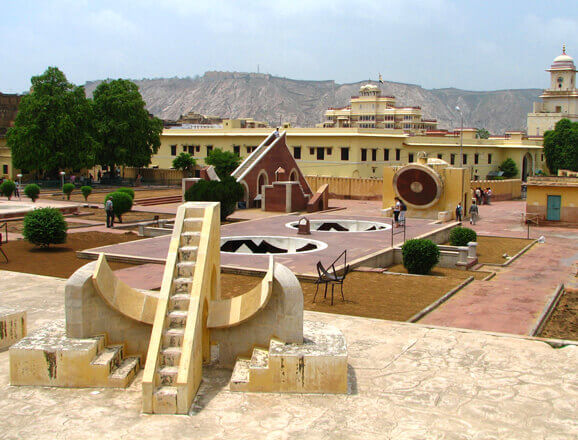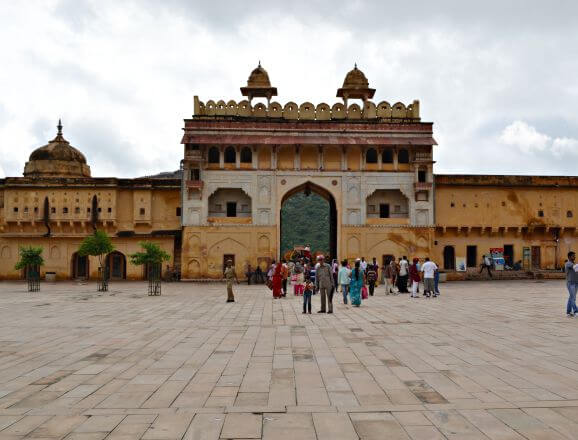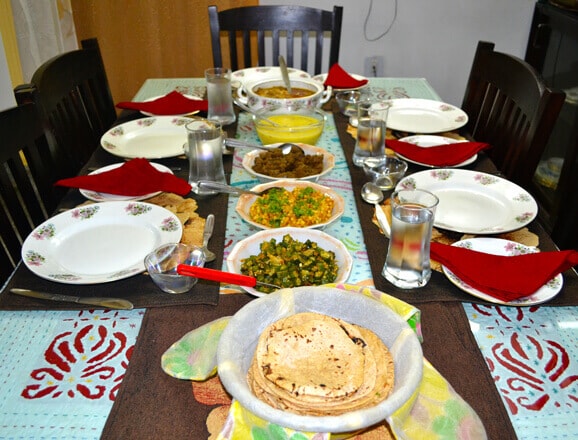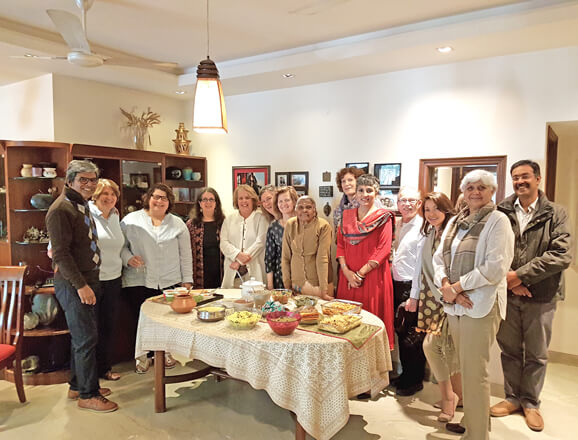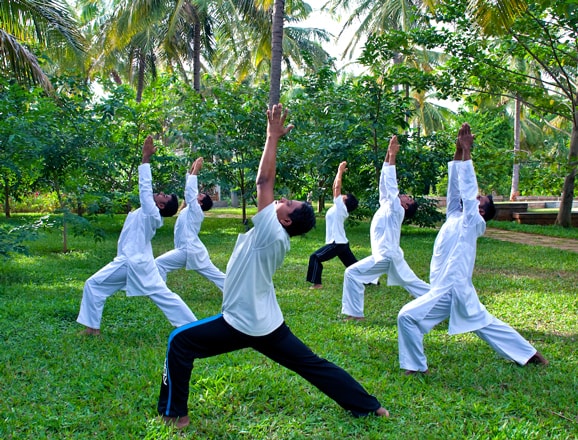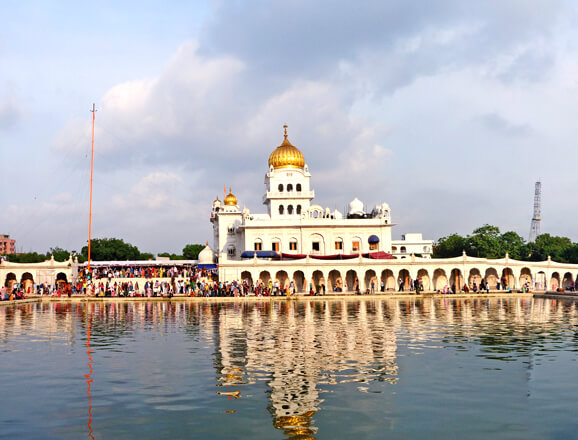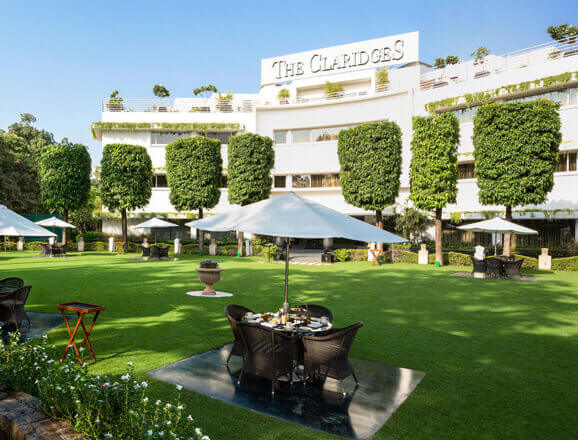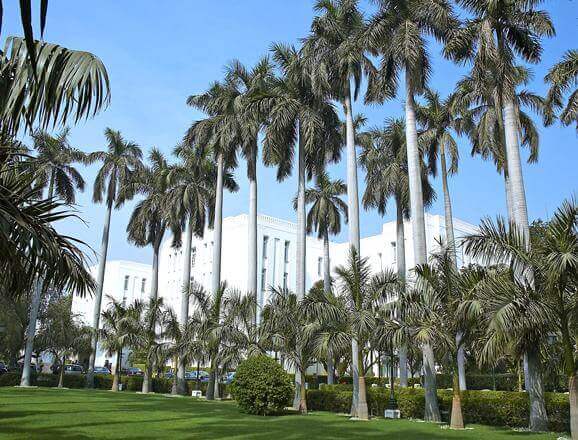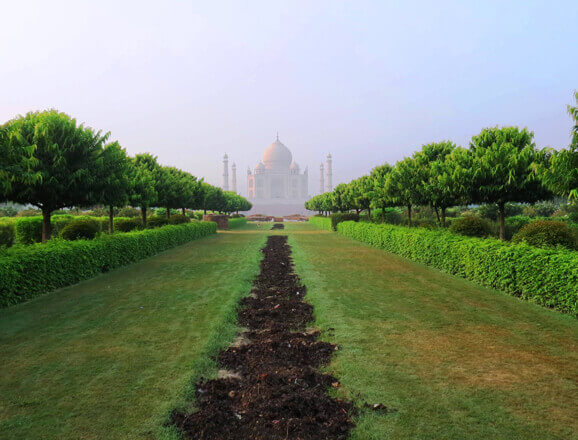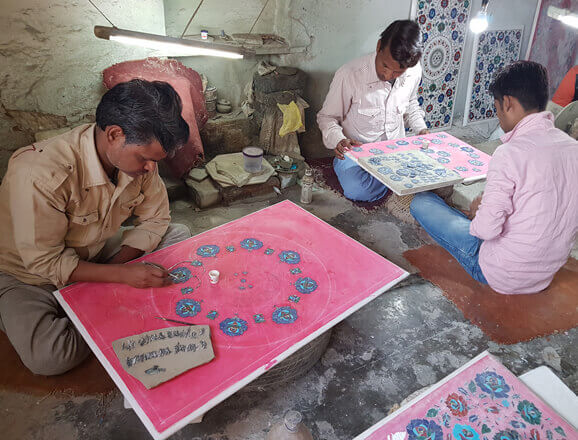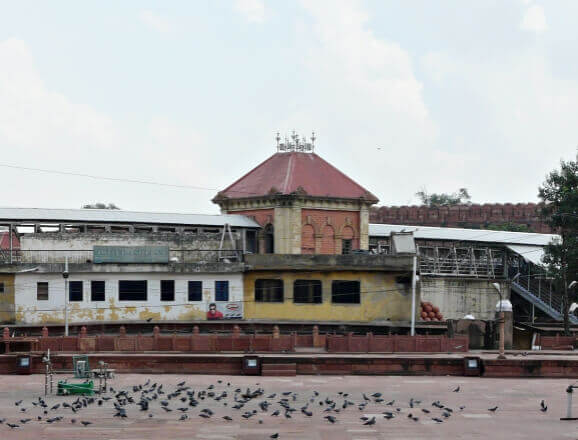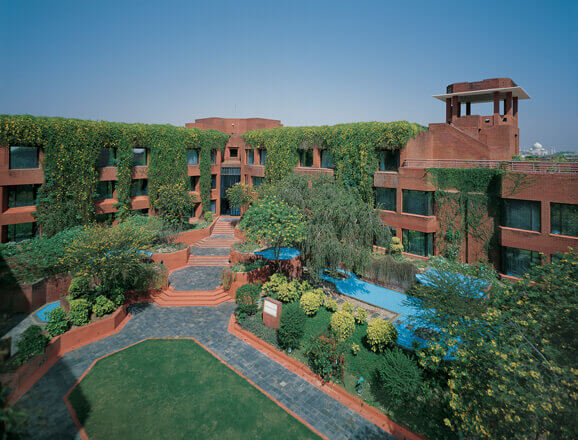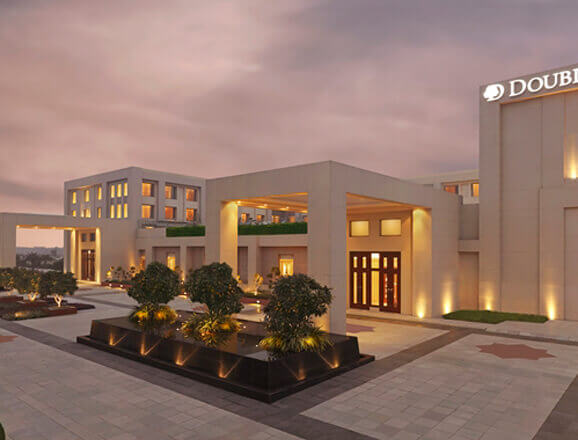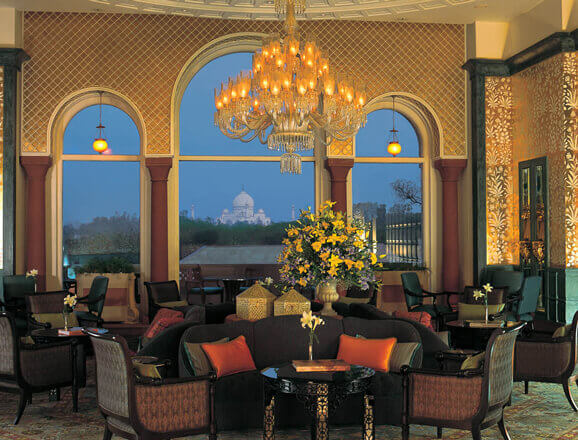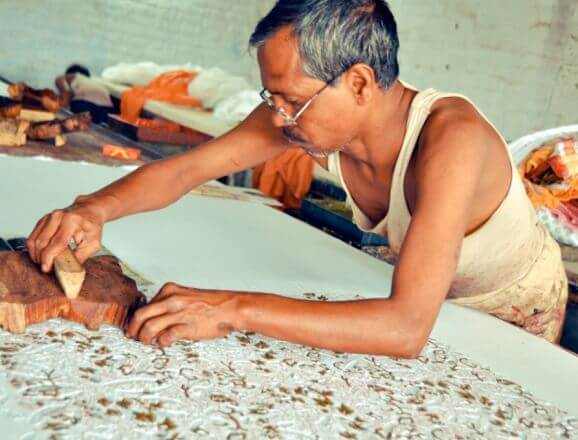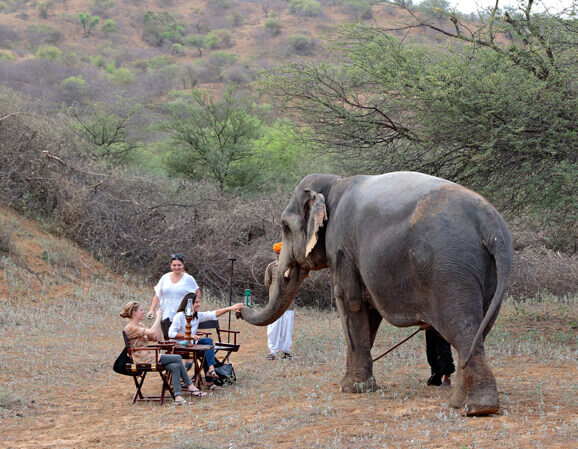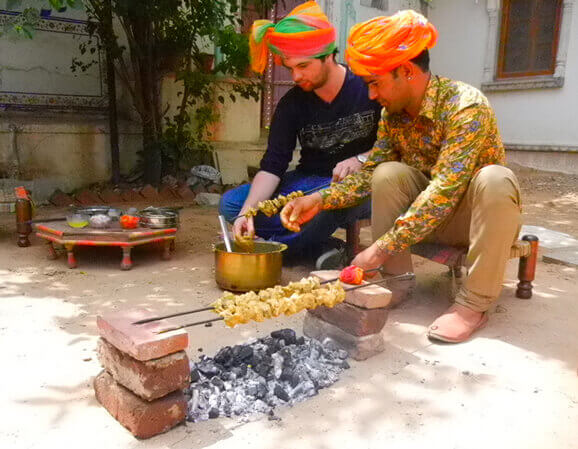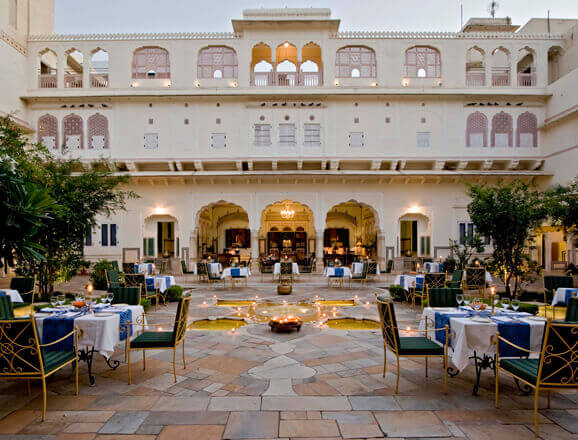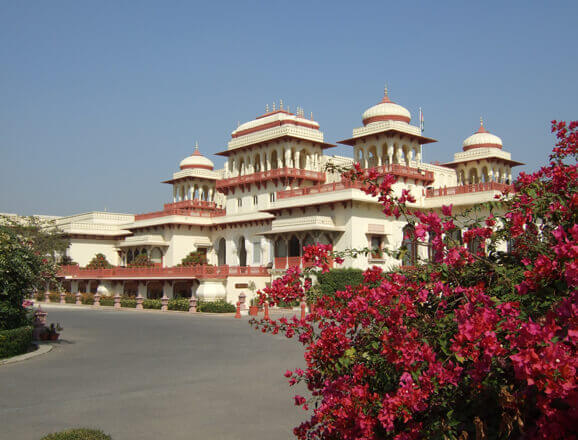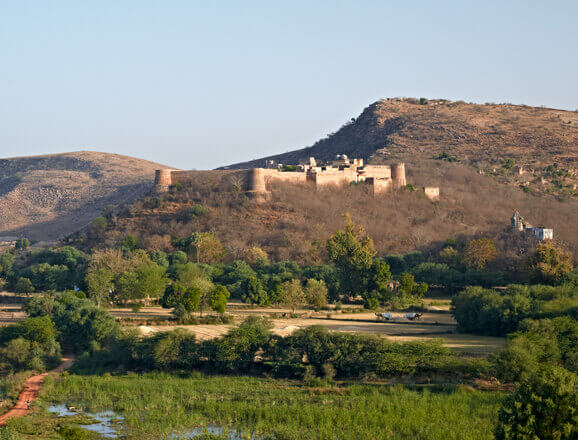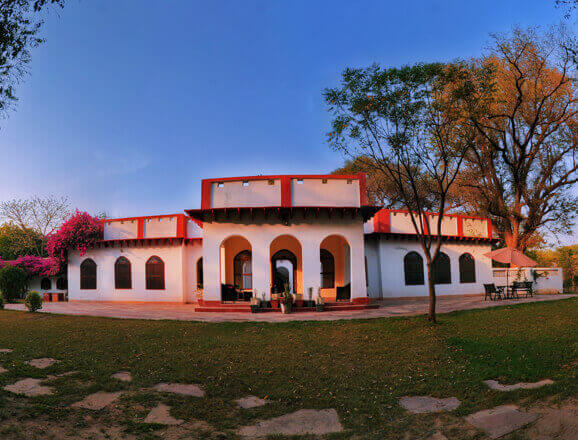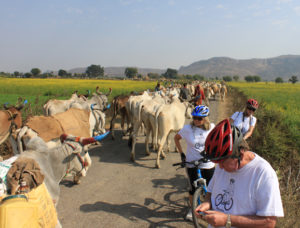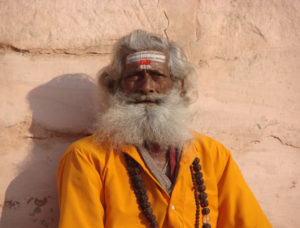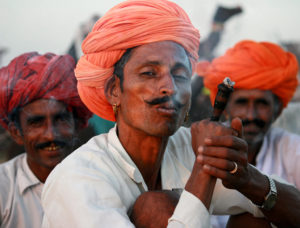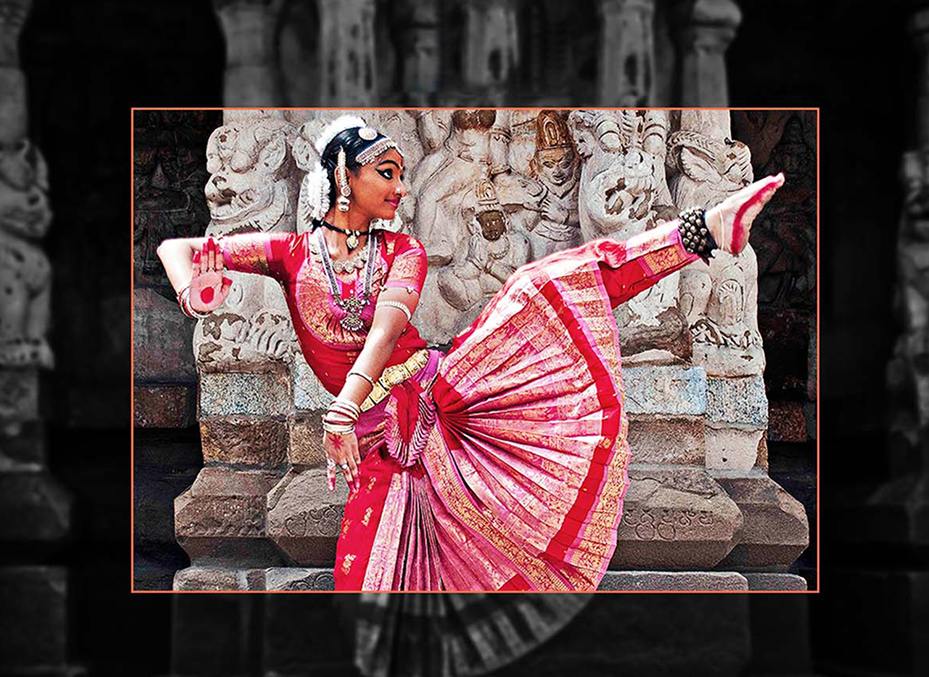
Golden Triangle & Beyond
The history of a millennium in a nutshell
India, a country of over a billion population, one of the top ten fastest growing tourism destinations worldwide, and with the capital as a starting point for most travelers, the Golden Triangle circuit of Delhi, Agra and Jaipur is on most travel itineraries. Yet these cities still offer something to the intrepid traveler. They have witnessed the sweep of religions and tribes, the rise and fall of empires and colonies, political intrigues and romances, and the birth of a democracy.
Nobody is entirely sure why this is called the Golden Triangle. While the 3 cities do form a triangle when plotted on a map, the golden seems to be interpreted as either ‘royal’ (following in the wake of emperors) or ‘must-visit’ (like the Golden Rule!). Here at Travel Scope, we see the play of elements; the waters of the Yamuna river, the stone and earth of the monuments that have withstood the test of time, the fiery zeal of rulers who sought immortality, and the winds of Time. Perhaps golden represents the alchemy of history itself!
At Travel Scope, we are eager to retrace the alchemy of a millennium, through art, literature, economy, architecture, food, stories and folklore to convey an essence of what India is today.
Highlights
-

Travel through India’s three historic eras: feudal, Mughal and colonial
-

Discover the monuments, bazaars and old quartiers on expert led heritage walks
-

Master home-cooked recipes in Delhi, Agra and Jaipur
-

Spend an evening discussing art, history, politics or women’s issues with our expert hosts
-

Add a touch of wildlife to your trip at Chambal and Ranthambore sanctuaries
-

Soar over the cityscapes & farmlands in a hot-air balloon
-

Craft your own souvenirs along the way, from inlaid pieces to block-printed fabrics
Destinations Covered
Best Time to Visit
-
Great time to visit
jan
-
Great time to visit
feb
-
Great time to visit
mar
-
Great time to visit
apr
-
Not advisable
may
-
Not advisable
jun
-
Good time to visit
july
-
Good time to visit
aug
-
Good time to visit
sep
-
Great time to visit
oct
-
Great time to visit
nov
-
Great time to visit
dec
Gallery

Programme Details
New Delhi
Day: 1-3
Your time travel will start the minute you fly over Delhi airspace, broad tar ribbons and sinuous rivers snake their way through a tapestry of concrete and forest. The Delhi airport is a beehive of international and domestic traffic, as it links people and businesses to the world and is an epitome of a technological, modern-day India. As you step out of the airport, a Travel Scope representative will greet you and escort you to your hotel. On the ride, Delhi’s incongruities take centrestage; high rises of glass and steel representing every kind of tertiary business jostle with itinerant gypsy settlements selling everything from earthenware to venetian blinds, decrepit black-and-yellow taxis compete with the CNG green-and-yellow auto rickshaws, broad freeways teeming with cars of every size are juxtaposed against a backdrop of the metro, the new arteries of the city.
Start the following day with a Travel Scope guide on a walk of New Delhi, a city that largely owes its present-day avatar to a man named Edwin Lutyens, a man best known for adapting traditional architecture to contemporary styles. Head towards the India Gate, a monument commemorating the deaths of over 70,000 Indian soldiers in the British Forces during the World War I. Older British buildings that were used as power hubs house today’s Parliament and Secretariat. Walk down Connaught Place, the business district of the British era, which serves much the same purpose today. Continue to trace the Mughal Empire with an Old Delhi Walk-and-Cycle-Rickshaw-Ride along the Red Fort, the Jama Masjid towards the bustling markets of Chandni Chowk. Walking down Chandni Chowk in Old Delhi, one can palpably experience the sacred yet secular way of life that is so typical of India.
You can continue to explore Delhi with any of our recommended activities, as below:
Recommended Activities
Recommended Accommodations
Agra
Day: 4-6
The Mughal trail continues in Agra, a city whose origins can be traced back to the days of the Mahabharata (the epic poem of Great India). Agra, part of the Delhi Sultanate was captured by a Persian-Turkic emperor, made into a capital and later gained prominence under Mughal emperors like Akbar, Jehangir and Shahjahan. Agra has been immortalized ever since, by Taj Mahal – the magnificent mausoleum, which the emperor Shahjahan had built for his queen, Mumtaz and India’s own jewel in the list of 7 Wonders of the Modern World.
On the next day, follow the road less traveled with Itmad-ul-Daulah, a marble tomb built for the grandfather of Mumtaz (the queen interred at the Taj Mahal) also known as Baby Taj, is said to have inspired the Taj Mahal. For the grand finale (before you think that Mughal architecture is all about tombs), let us guide you to Fatehpur Sikri, a city capital built by Emperor Akbar to honour a Sufi saint, Salim Chisti, which is perhaps the best preserved vestige of the Mughal Empire. The city complex includes palaces, pools, public audience halls, mosques and other places of worship, and (you guessed it) tombs!
Spend your last day in Agra exploring the sights like those suggested below:
Recommended Activities
Recommended Accommodations
Jaipur
Day: 7-9
If there is an aspect of India that neither the Mughal empires nor the British Era could wipe out, it was the regal lifestyles of the chieftains and princes from the feudal times, and nowhere is it more in evidence than in Rajasthan. Jaipur, the capital of Rajasthan state, is known fondly as the ‘pink city’ as most buildings are made of rosy sandstone. Established by Sawai Jai Singh II, the ruler of Amber, thus named to signify a ‘city of victory’, Jaipur’s bustling bazaars and labyrinthine bylanes whisper the history of 4 eras; the Rajput kingdoms, the Mughal Empire, the British Rule and modern times.
For sightseers, an Old City Walk navigates across a city where the history still echoes across time, and where tradition marries modernity. The City Palace exhibits royal collections of miniature paintings, armour, royal garments, textiles, and artefacts. You can then visit the Amer Fort, the citadel of the clan who later became the rulers of Jaipur. Continue on to the ornate Hawa Mahal, the Palace of the Winds, Jaipur’s most distinctive landmark, and then run amok in the Jaipur Street Market, where a smorgasbord of delights and crafts await.
Continue discovering Jaipur with our immersive experience listed below:






